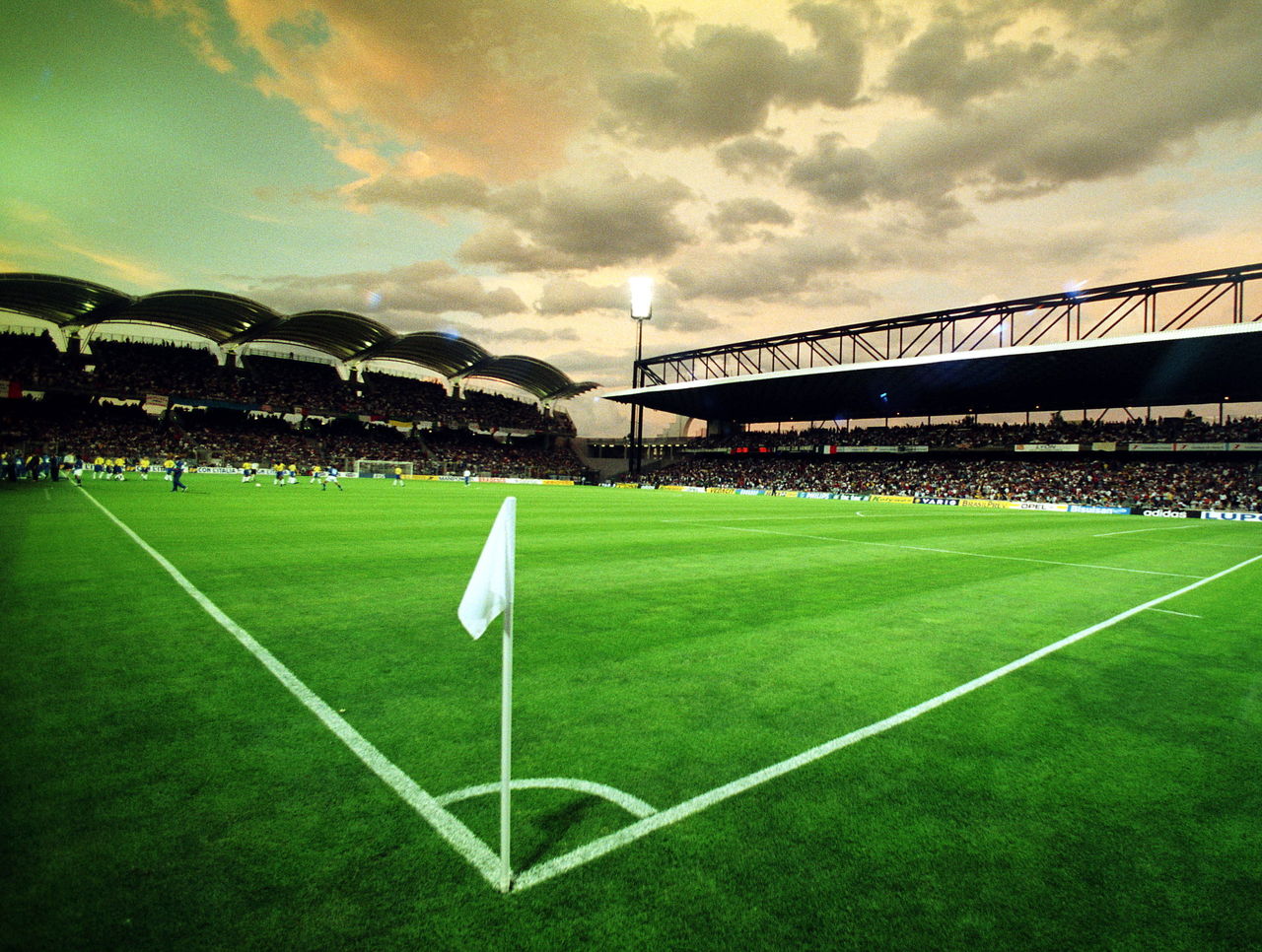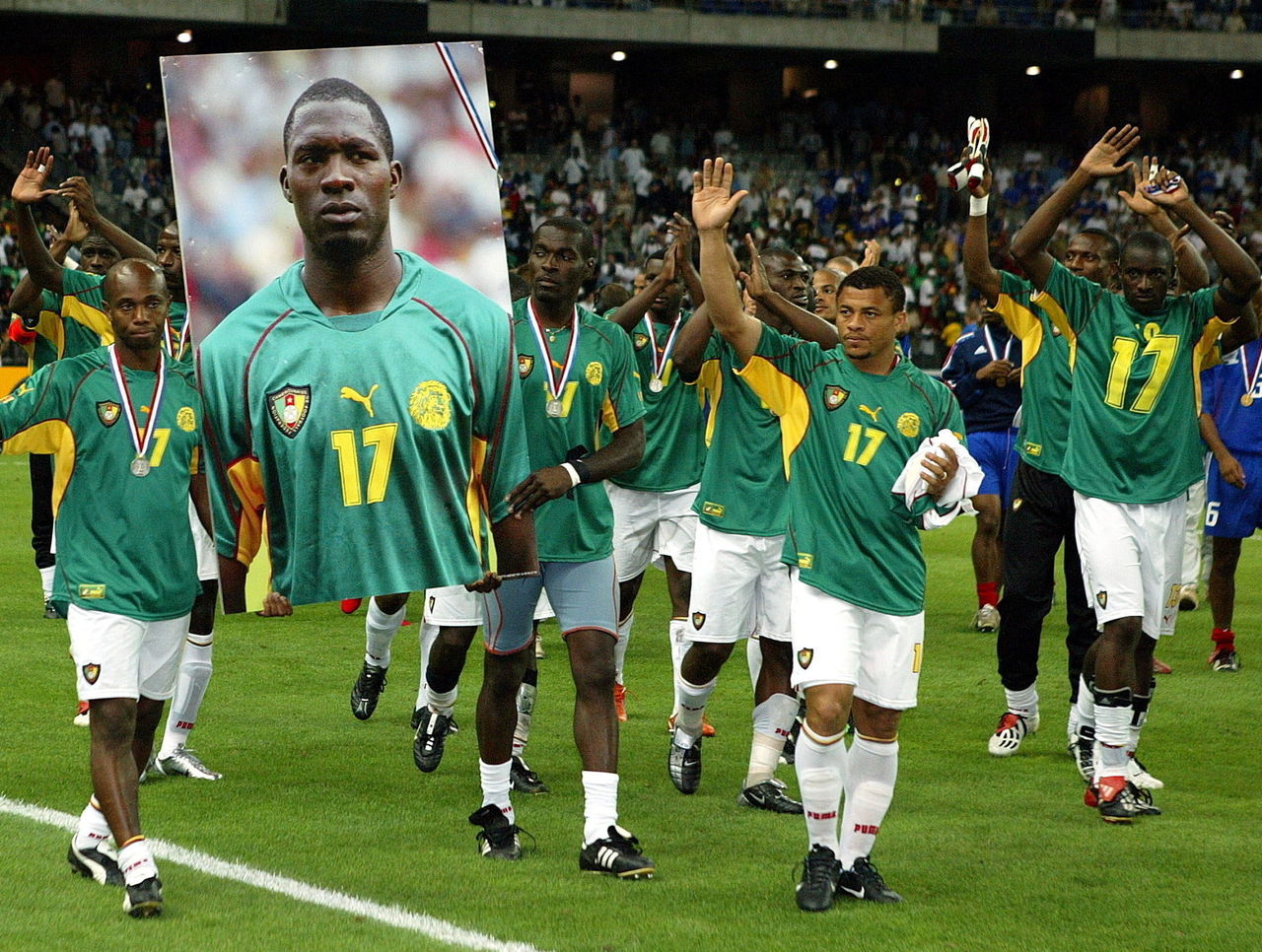Lyon unveils Stade des Lumieres to mark next chapter of a bright future
Lyon welcomes Troyes on Saturday as Ligue 1 reconvenes after the festive break, and more than a battle between a sputtering French giant and a side destined for relegation, the match marks a new chapter in the history of Les Gones.
With a mercurial 2015 in the rearview and the doors of the famed Stade de Gerland shuttered for a final time, Euro 2016's newest venue, the €250-million Stade des Lumieres, represents a new footballing episode for one of France's biggest clubs.
The move from the 43,000-seater in Gerland to the modern monolithic marvel, with a capacity of 16,000 more, for Saturday's match serves as a transition from a ground of decorated accomplishments and marquee fixtures to one of uncertainty for a side desperate to again reach the heights of seven consecutive top-flight titles between 2002-2008.
Lyon's tenure at the Stade de Gerland ended in a whimper on two fronts.
Domestically, Les Gones fell to upstart Corsicans Angers 2-0 on Dec. 5 courtesy of a Cheikh N'Doye brace. The result was emblematic of not only the visitor's brilliant run of form and N'Doye's emergence as one of the league's best midfielders, but also how far Lyon has fallen since the seven titles on the bounce.
A fortnight earlier, Lyon's latest underwhelming European campaign was snuffed out by Belgian minnows Gent, who defeated the French giants 2-1 thanks to a last-minute goal from Kalifa Coulibaly. The victory sent the Belgians to its first knockout stage, and cemented a last-place group finish for the Rhone-Alpes club as manager Hubert Fournier's appointment with the club appeared as volatile as ever. He was sacked exactly a month later.

Memorable moments at the Stade de Gerland aren't limited to the exploits of Olympique Lyonnais.
A Euro 1984 semifinal was played there, as Spain defeated Denmark in penalties before falling to the hosts France at the Parc des Princes in a tournament noted for a seminal performance from now-tarnished UEFA chief Michel Platini.
That tournament was a precursor for the 1998 World Cup, when six matches were held at the stadium, including a quarter-final tilt between Croatia and Germany that the Balkans won 3-0. France won the tourney, continuing a string of brilliant performances on their home soil.
Even with the world's two biggest football tournaments hosted at the Stade de Gerland, the most memorable moment was one of the sport's saddest days.
During a 2003 Confederations Cup semifinal match between Cameroon and Colombia, Indomitable Lions legend Marc-Vivien Foe collapsed near the centre circle, yards from the nearest player.

The 64-time capped international lied on the pitch motionless as medics and players flocked to his aide. He died shortly thereafter of hypertrophic cardiomyopathy in the bowels of the stadium he played at while a member of Lyon's star-studded, trophy-hoisting midfield.
Lyon and Lens both retired his No. 17, while Manchester City forbade players from wearing the No. 23 in tribute to the player who by all accounts was one of football's most courteous and charitable individuals.
It was a moment that forever changed football, and forever defined the stadium on the outskirts of one of France's biggest cities. Congenital heart defects became a more discussed concern, as the experience of Foe's death helped ensure that those stricken by a similar irregularity could avoid the same fate that befelled a 28-year-old Foe.
Foe was an integral part of the first of Lyon's seven consecutive Ligue 1 titles, and in looking forward to future successes at the Stade de Lumieres, one must look back at the moments that defined both the club and the stadium.

Les Gones' successes aren't that distant; Lyon reached the Champions League semifinals for the first time in 2009-10. Couple that with a Coupe de France title in 2012 and a double in 2008, and Lyon are less than a decade removed from the side's most decorated period.
To the dismay of supporters and pundits alike, France's top-flight has turned into a one-team league, as Paris Saint-Germain are a near certainty to secure their fourth consecutive Ligue 1 title. Once the league's elite, Lyon has become a club that realistically strives for second with the likes of other big sides Marseille and Monaco.
That said, Lyon's short-term decline makes perfect sense. Chairman Jean-Michel Aulas' hands have been tied as finances focus on the construction of the Stade des Lumieres, forcing the club to rely on a famed youth academy to buoy Les Gones through a trying period. Spending was cut dramatically, as the club fought to balance the books.
There is reason to be optimistic, it just may not appear that feasible at the moment.
Newly appointed gaffer Bruno Genesio's side is littered with young talents, as Samuel Umtiti, Nabil Fekir, Jordan Ferri, Corentin Tolisso, and teenage striker Maxwel Cornet are all 23 or younger.
Paired with those names are those of established top-flight talents like shot-stopper Anthony Lopes, Maxime Gonalons, Clement Grenier, and an ever-coveted Alexandre Lacazette. While finishing second to PSG this season may be the pinnacle of the club's ambitions, there's nary a reason why Lyon cannot reclaim the glory of the early aughts.
It's too early to tell if the switch to a new stadium will allow the club to again reach the heights of the early 2000's, but the future looks radiant at the Stade des Lumieres.